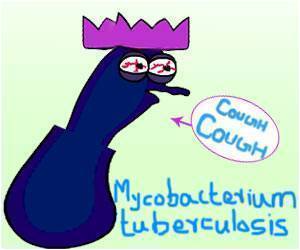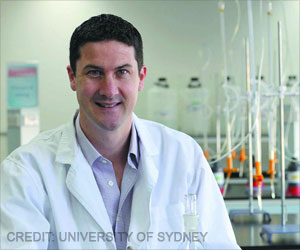Highlights
- Tuberculosis (TB) caused by the Mycobacterium tuberculosis is becoming a major health threat due to antibiotic resistance
- Scientists have uncovered a defense mechanism to trap //and kill the TB bacteria
- The discovery could enable potential treatment options for tuberculosis
Maximiliano Gutierrez, group leader at the Francis Crick Institute, said, "We are trying to better understand how our cells kill the bacteria with the idea of boosting people's natural defenses in conjunction with conventional therapies to overcome TB."
Understanding How Immune Cells Recognize Tuberculosis
Immune cells are found to recognize and engulf the bacterium that is responsible for tuberculosis. It is secured tightly within the internal compartments known as phagosomes.
However, before the enzymes and toxic products could enter the phagosome to kill Mycobacterium tuberculosis; the bacteria could often be escaping by puncturing the holes and membranes that leak into the cells. This could kill the cells and then feed on the nutrients.
Uncovering Natural Mechanism to Kill Bacterium
The research team has unveiled a mechanism which would prevent Mycobacterium tuberculosis from damaging phagosomes. This could also be enlarged so that the bacterium will not easily reach and puncture the holes in the membrane.
Laura Schnettger, author of the paper and former PhD student,Maximiliano's lab at the Crick said, "We have known for a while that tight and spacious phagosomes exist, but it is only now becoming clear why there are two types."
The findings showed that the antibacterial compounds were effectively delivered and also the bacterium failed to escape from the enlarged membrane sacs.
The research team also found that when macrophage are ready to engulf the Mycobacterium tuberculosis, the protein known as Rab20 was found to deliver the additional membrane material to M.tuberculosis containing phagosomes to enlarge them.
Maximiliano, explained, "If you think of a cell as a city with lots of different types of transport then Rab proteins are the master regulators of public transport. They tell components in a cell where to go."
"Rab20 directs more membrane to the phagosome, enlarging it and preventing the bacteria from getting out."
While analyzing the coughed-up material of patients with active TB, Rab20 material was more in people with TB when compared to those without TB. This is because they supported that Rab20 is more important in fighting the TB infection.
Maximiliano said, "A very high proportion of people that are likely exposed to M. tuberculosis, are able to clear the infection without developing full-blown TB."
"It is possible that the body's natural mechanism to enlarge phagosomes plays a part in this."
"The capture and escape of M. tuberculosis in cells is a highly dynamic process, so the only way you can understand what is going on is to image cells in real time at very high resolution. We are one of the few labs in the world that can perform long-term live cell imaging at sub-cellular resolution with the safety infrastructure required to work with a life-threatening bacterium."
References
- Laura Schnettger, Angela Rodgers, Urska Repnik, Rachel P. Lai, Gang Pei, Martijn Verdoes, Robert J. Wilkinson, Douglas B. Young, Maximiliano G. Gutierrez. A Rab20-Dependent Membrane Trafficking Pathway Controls M. tuberculosis Replication by Regulating Phagosome Spaciousness and Integrity. Cell Host & Microbe, 2017; 21 (5): 619 DOI: 10.1016/j.chom.2017.04.004
Source-Medindia














